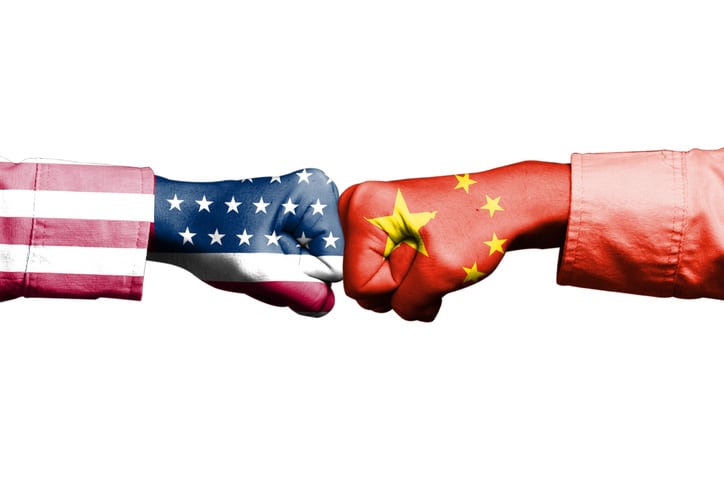That is the question that the US Institute for Feed Education and Research (IFEEDER) is pondering. It has initiated a research project to pinpoint critical supply thresholds and inclusion rates where nutrient shortages would negatively impact animal health and production.
Decision Innovation Solutions (DIS) is conducting the project in partnership with Lobo Consulting Solutions.
“The last few years, feed and ingredient manufacturers have faced a volatile supply chain, amid geopolitical tensions, labor disputes and more, said Lara Moody, IFEEDER executive director. “To proactively plan for the future, our new research project will work to understand where the US industry is vulnerable and to look for solutions now before livestock and poultry production or US food security is adversely affected.”
Using advanced modeling techniques, the study will simulate diverse levels of ingredient availability to assess downstream effects on livestock and poultry production.
Key focus areas include the impact of vitamin and amino acid deficiencies on growth rates, feed efficiency, protein output, and overall productivity.
The research will also evaluate health indicators such as mortality rates, reproductive success, and changes in lean meat yield.
The study is expected to conclude later this summer, with IFEEDER actively seeking corporate donations from across the food and agriculture sectors to support the initiative.
China’s role in US vitamin and amino acid supply
The American Feed Industry Association (AFIA) has long been raising concerns about US reliance on China for key vitamins and amino acids.
China dominates global production of critical inputs, including vitamins B1, B3, B11, B12, C, D3, and K, as well as amino acids such as methionine, threonine, lysine, tryptophan, and valine.
“This dependency underscores the need for federal agencies to address supply chain vulnerabilities and bolster domestic manufacturing,” said Constance Cullman, AFIA CEO.
That trade group is advocating for increased federal resources to support domestic manufacturing along with strategic measures to address supply chain bottlenecks.
It has been engaging with policymakers to ensure a stable supply of critical inputs.
Efforts to diversify and strengthen the supply chain
In 2024, Gina Tumbarello, AFIA’s director of international policy and trade, was appointed to the US Department of Commerce advisory committee focused on enhancing supply chain competitiveness.
The US, she explained, is also exploring ways to accelerate the process of building a local vitamin manufacturing industry, including leveraging existing resources, fostering public-private partnerships, and creating incentives to encourage investment in such ventures.
“While the exact timeline can vary depending on several factors—such as the scale of the facility, technological advancements, and market conditions—it could take anywhere from several years to over a decade to fully establish and scale up domestic production capabilities."
Regarding how US officials might encourage other vitamin-producing nations to enhance their domestic production capabilities to create diversified supply sources, she explained:
“This can be achieved through a combination of diplomatic engagement, trade agreements, and collaborative initiatives. This might include leveraging bilateral and multilateral trade negotiations to create incentives for increased investment in vitamin production, sharing best practices, and providing technical assistance and capacity-building support to help countries develop their production infrastructure.
“Additionally, the US could promote partnerships between private sector companies and government entities to facilitate technology transfer, improve supply chain resilience, and ensure regulatory alignment. By fostering an environment that supports mutual growth and stability, the US can help create a more diversified global supply chain, reducing reliance on any single supplier and enhancing overall market resilience.”




